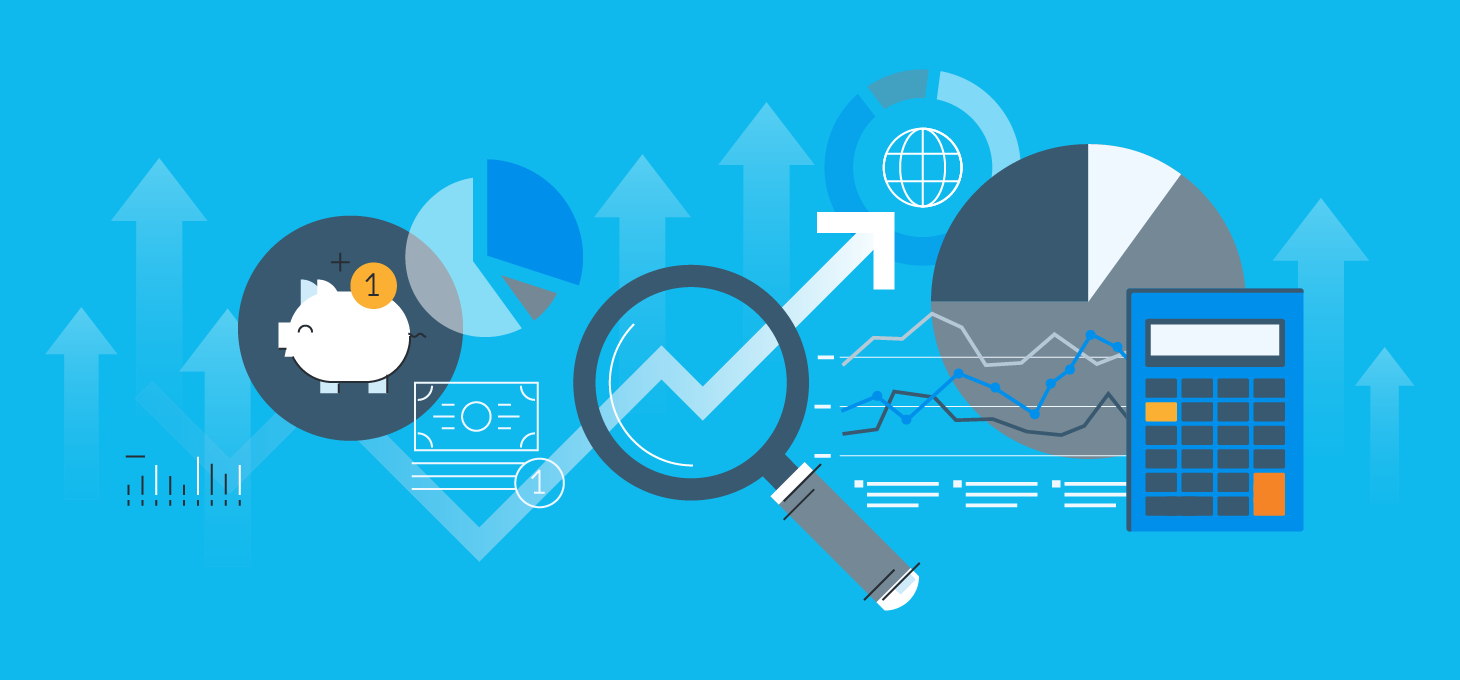As the country looks to slowly and selectively reopen, businesses are beginning to put plans in place on how to handle consumers’ new behavioral trends. This presents abundant opportunities for industry leaders and new ideas to emerge. Specific to the banking category, the following changes to the industry’s traditional models already include:
Cashless payment adoption and usage
The World Health Organization’s recommendation of continuing “contactless” payments to limit the spread of the virus through microorganisms could accelerate the adoption of digital banking for those who otherwise would use cash.
Fewer in-branch visits due to restrictions or closures will shine light on banks’ digital experiences
The emergence of digital banking and call centers as primary banking channels will benefit banks who have the best tools in place; and will hurt those with limited or less user-friendly experiences, especially those forced to go digital for the first time because of COVID-19. Banks should continue to simplify online and call center interfaces and provide utility materials to both current and future customers.
Consumers unable to go back to work could drive short-term loan and credit activity
With unemployment rates at the highest in US history and only half of the country’s workforce working from home, many consumers may require temporary solutions such as small- to medium-sized personal loans or raised credit card limits to hold them over.
Deposits, Savings, and Investments
As the stock market continues to fluctuate, consumers remain wary of investing and are flocking to savings options that are less risky ways to build wealth. At the same time, interest-earning savers are taking hits with reduced earning rates. Amid such volatility, consumers are less keen to invest their savings in the stock market.
Mortgages
Low interest rates are causing homeowners to rush to refinance at record rates, reducing bank profitability.
Small Businesses
While the rest of the country begins to take the initial steps to reopen, small business owners who remained open virtually during the pandemic will continue with “business as usual” as they seek ways to bridge the gap in demand as consumers remain at home and brick-and-mortar shops are still limited to restrictions, such as curbside pickup or delivery.
Stay healthy and stay safe. #btdoingourpart





